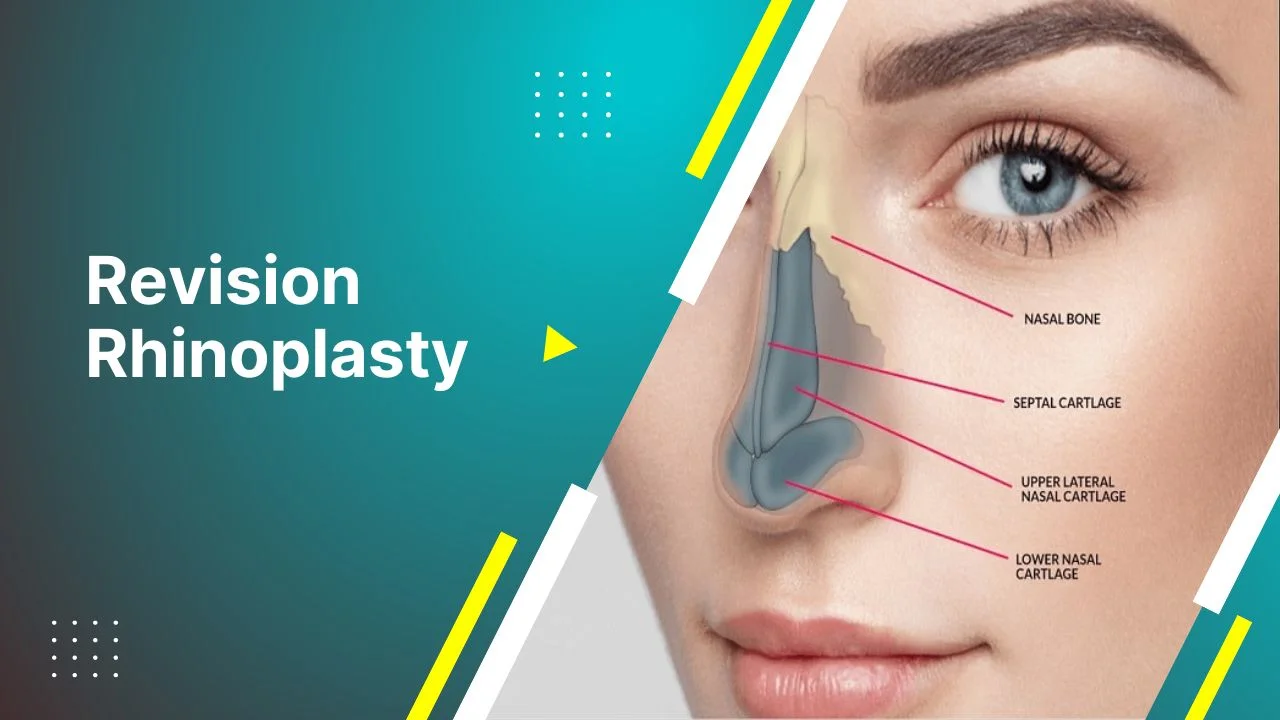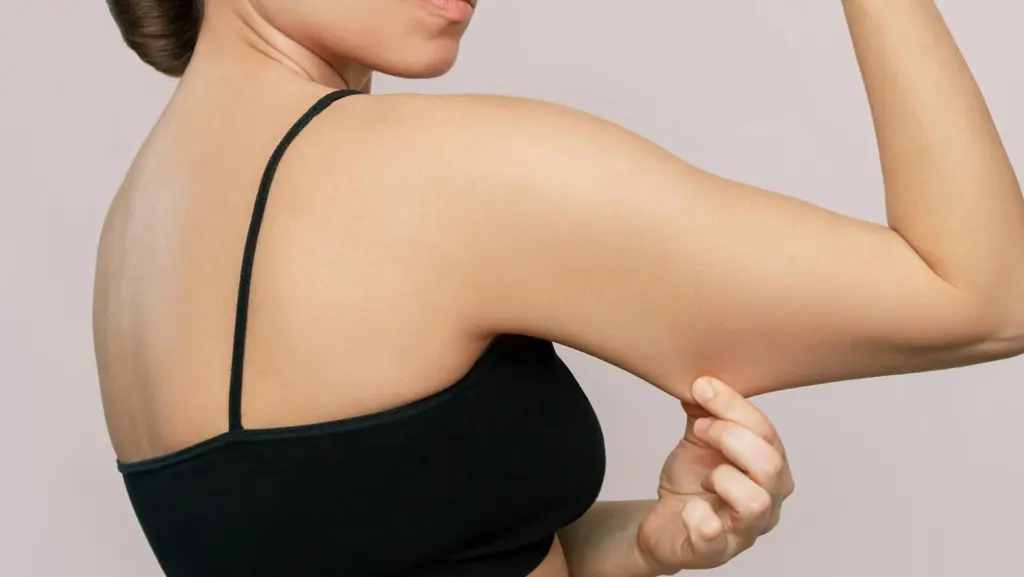Scarless breast augmentation, or breast enhancement with minimal to no visible scarring, is a topic that has gained significant attention in recent years. Many women interested in breast augmentation are understandably concerned about the potential for visible scars, as traditional breast implants often require incisions that leave marks. However, with advances in medical technology and innovative surgical techniques, the concept of achieving a breast augmentation with little to no scarring has become a reality for some. While it may not be completely “scarless” in every case, there are options that can significantly reduce the visibility of scars, leaving patients with natural-looking results and minimal post-surgical marks. In this blog, we’ll explore the possibilities, techniques, and considerations of scarless or minimally scarred breast augmentation, helping you understand if this option might be right for you.
Is it Possible to Have a Scarless Breast Augmentation?
While the idea of a completely scarless breast augmentation is appealing, it’s important to understand that all surgical procedures, including breast augmentation, typically require some form of incision. However, advancements in surgical techniques have made it possible to minimize scarring significantly. One option is the transaxillary incision, where the implant is inserted through an incision made in the armpit, leaving no visible scars on the breast itself. Another method is the areolar incision, which is made around the edge of the nipple, where any scarring is less noticeable. Additionally, the use of smaller incisions and more precise surgical techniques can reduce the visibility of scars even further. While achieving a completely scarless result is unlikely, these innovative approaches can offer women an effective solution with minimal scarring, providing a natural and aesthetically pleasing outcome. It’s essential to discuss your options with a qualified surgeon to determine which technique best suits your needs and goals.
Inframammary Fold
The inframammary fold (IMF) is the natural crease or fold located beneath the breast, where the breast meets the chest wall. It plays a significant role in the aesthetics of breast shape and is an important landmark in breast augmentation procedures. During breast augmentation surgery, the inframammary fold serves as the common site for incisions, as it is discreetly hidden beneath the breast and is less likely to be visible once healed. This placement allows for the insertion of breast implants either above or below the muscle, depending on the patient’s anatomy and the desired outcome. The inframammary fold also contributes to the overall symmetry and projection of the breasts, helping to create a more natural and balanced appearance post-surgery. Maintaining the integrity of the IMF is crucial in breast augmentation, as it helps preserve the natural contour of the breast and supports long-term results.
Periareolar
Periareolar is a surgical incision technique commonly used in breast augmentation, as well as in breast reduction and lift procedures. In this method, the incision is made around the areola, the darker skin surrounding the nipple. The advantage of this approach is that the incision is discreetly placed within the natural contour of the breast, making any scarring less visible once healed. Periareolar incisions allow for the placement of breast implants, and they are also preferred when performing a breast lift or reduction, as they can provide more precise control over the shape and position of the breasts. This technique is particularly suitable for patients seeking a natural-looking result with minimal visible scarring. However, as with any surgical procedure, it is important to discuss the benefits and potential risks with a qualified surgeon to determine the best approach for your specific needs and goals.
Transaxillary
Transaxillary is a breast augmentation technique in which the incision is made in the armpit (axilla) rather than directly on the breast. This approach allows for breast implants to be placed without leaving visible scars on the breast itself. The transaxillary incision is typically smaller and is strategically placed in the natural folds of the underarm area, making it discreet once healed. One of the main benefits of this method is that it offers a “scarless” appearance on the breast, which is appealing for individuals who want to avoid visible scarring in the breast area. However, this technique does require more skill and precision from the surgeon, as the implants are inserted through the armpit, which can be more challenging than other incision sites. Additionally, the transaxillary approach may not be suitable for all patients, depending on factors such as implant size or the patient’s anatomy. As with any surgical procedure, it is essential to consult with a qualified surgeon to determine whether this technique is the best option for your goals and body type.
Transumbilical
Transumbilical breast augmentation, commonly known as TUBA, is a technique in which the incision is made through the belly button (umbilicus) to insert breast implants. This method offers the advantage of leaving no visible scars on the breasts, as the incision is hidden within the natural fold of the navel. The procedure is performed by using a small camera (endoscope) and specialized instruments to create a tunnel from the belly button to the breast area, where the implants are inserted. While the transumbilical approach eliminates scars on the breast, it can be technically more challenging for the surgeon, as it requires precise placement of the implants through the narrow passageway. Additionally, the TUBA method may not be suitable for all patients, especially those who desire larger implants, as it can limit the options for implant size and placement. As with any surgical procedure, it is important to discuss the potential benefits and limitations of transumbilical breast augmentation with a skilled surgeon to determine if it is the right choice for your goals and body type.
In conclusion, while there are various breast augmentation techniques available, each with its own advantages and considerations, the choice of method ultimately depends on individual goals, anatomy, and preferences. Whether opting for a periareolar, transaxillary, or transumbilical approach, each incision site offers unique benefits in terms of scar placement and recovery time. It is crucial to have an open and thorough discussion with a qualified surgeon to understand the pros and cons of each technique, ensuring that the chosen method aligns with your aesthetic goals and provides the best possible results. Ultimately, with the right surgical approach and expert care, patients can achieve natural-looking, beautiful breast enhancements with minimal scarring and a smooth recovery process.






